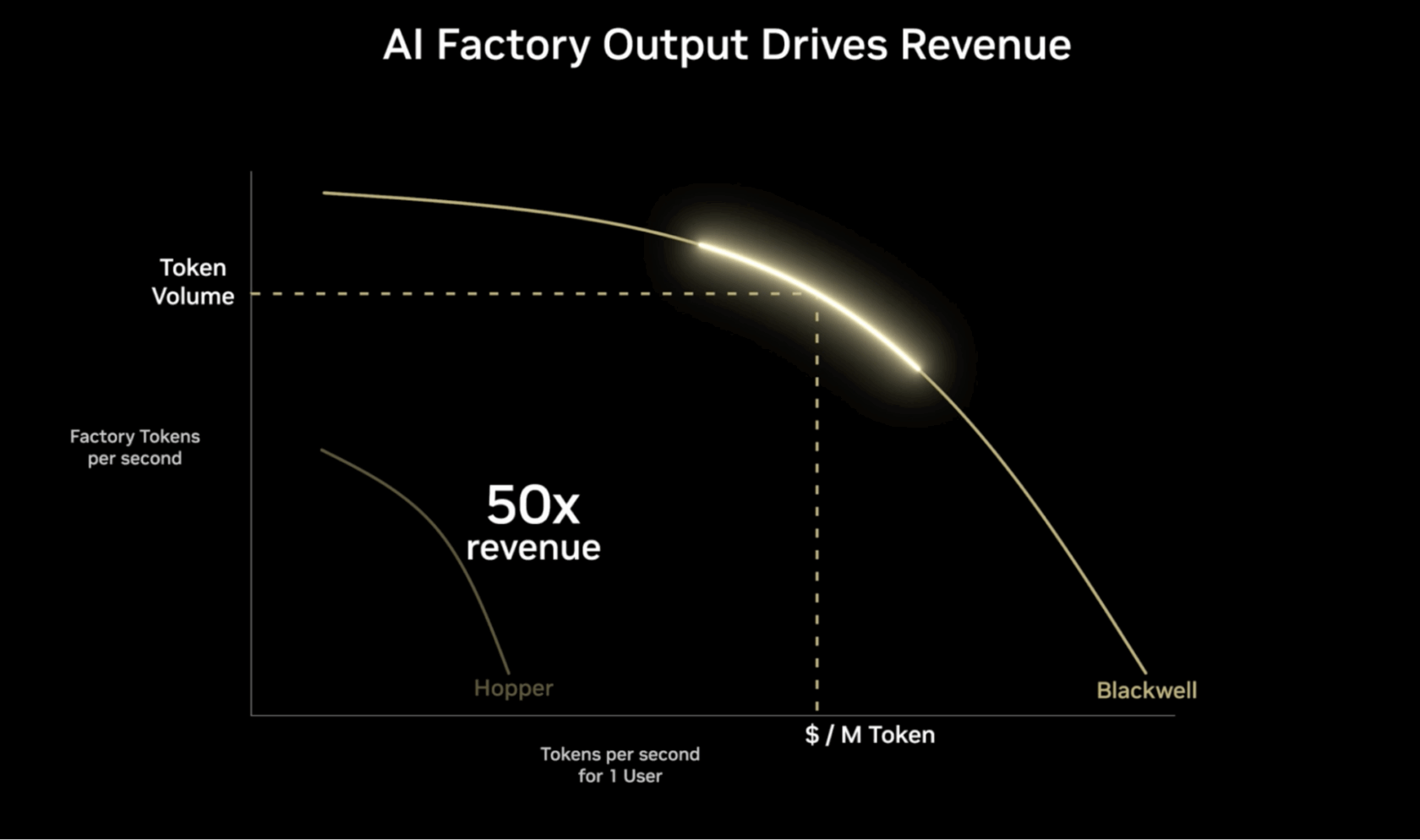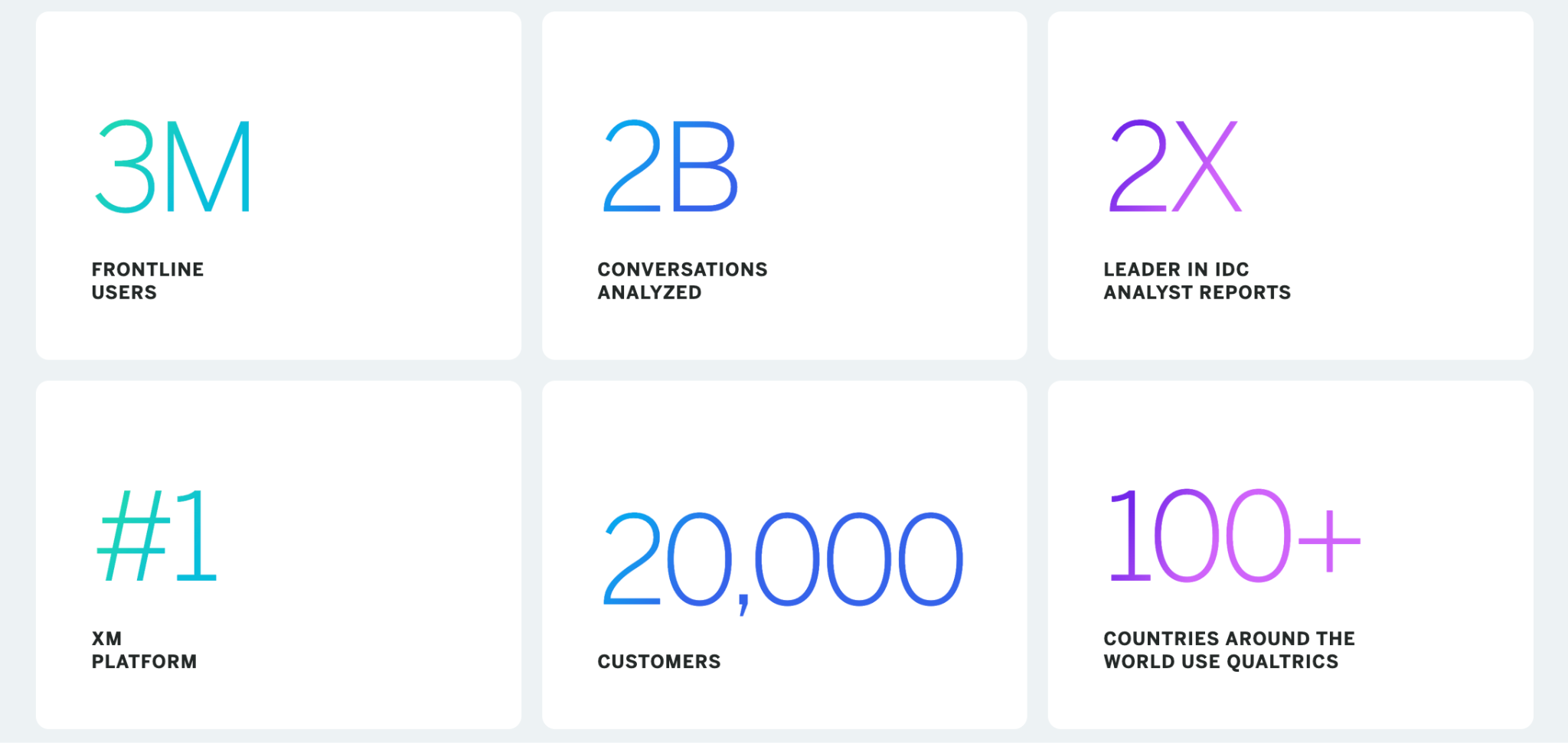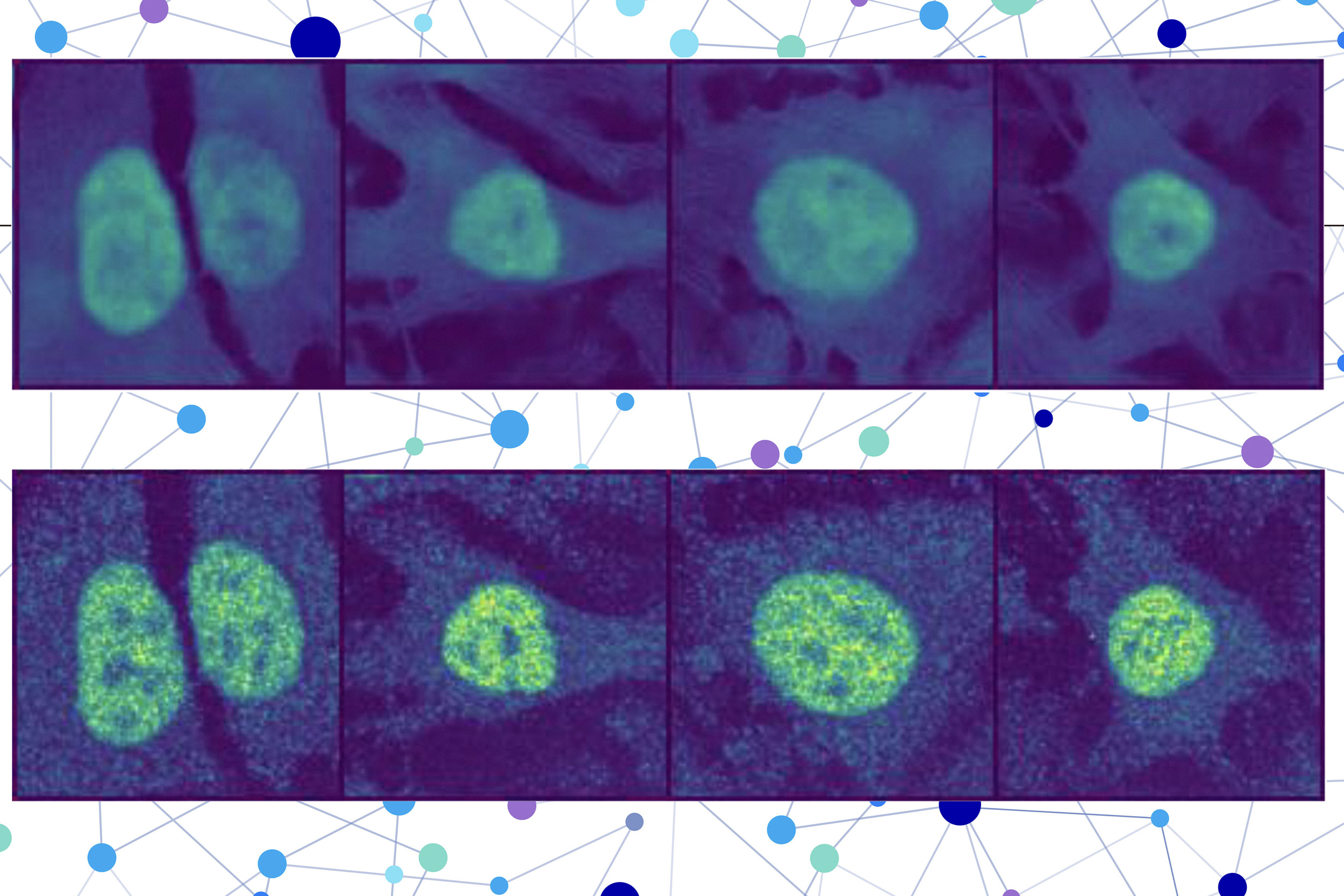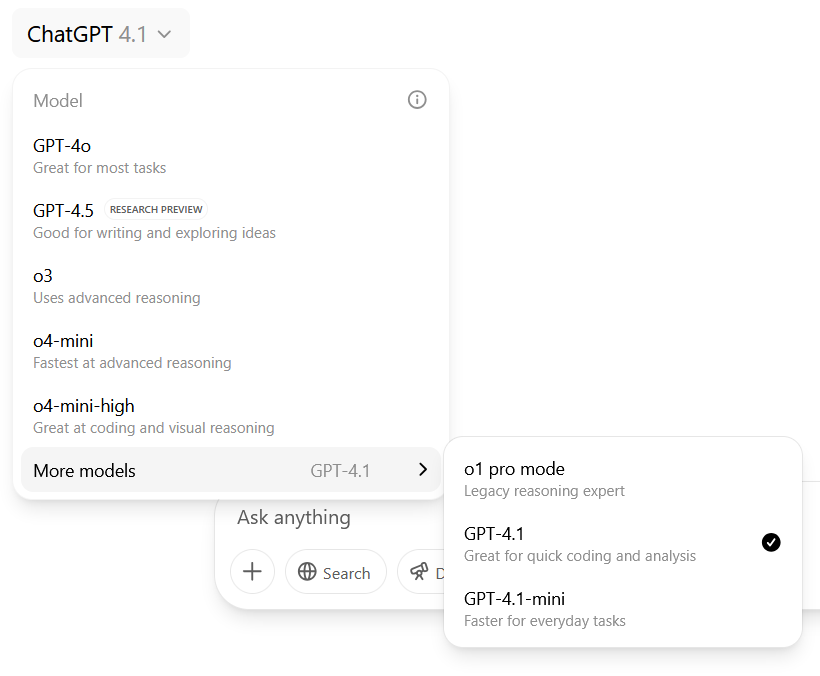Maths skills are crucial for research-based roles at companies like Deepmind and Google Research, while industry roles require less depth. Higher education correlates with higher earnings in machine learning.
AI factories are reshaping the economics of modern infrastructure by producing valuable tokens at scale. Throughput, latency, and goodput are key metrics in creating engaging user experiences and maximizing revenue potential per token.
Bagging and boosting are essential ensemble techniques in machine learning, improving model stability and reducing bias in weak learners. Ensembling combines predictions from multiple models to create powerful models, with bagging reducing variance and boosting iteratively improving on errors.
Google DeepMind introduced AlphaEvolve, an AI system that evolves code, discovering new algorithms for coding and data analysis. Using Genetic Algorithms and Gemini Llm, AlphaEvolve prompts, mutates, evaluates, and breeds code for optimal solutions.
Qualtrics pioneers Experience Management (XM) with AI, ML, and NLP capabilities, enhancing customer connections and loyalty. Qualtrics's Socrates platform, powered by Amazon SageMaker, drives innovation in experience management with advanced ML technologies.
Mark Zuckerberg promotes AI for friendships, envisioning a future where people befriend systems instead of humans. Online discussions about relationships with AI therapists are becoming more common, blurring the line between real and artificial connections.
New computational approach predicts protein locations in cells, aiding in disease diagnosis and drug target identification. MIT, Harvard, and Broad Institute researchers develop method for single-cell protein localization using AI models.
The UAE and US sign agreement for AI campus, sparking concerns over Chinese influence. Deal made during Trump's Middle East visit.
Elon Musk showcases Tesla Optimus robots at Saudi summit, announces Starlink deal for maritime and aviation in Saudi Arabia. Saudi minister praises Musk as a 'lifetime partner and friend' to the Kingdom.
US Republicans seek to block state laws regulating AI for 10 years in budget bill, aiming to prevent guardrails on automated decision-making systems. Proposed provision in House bill would restrict any state or local regulation of AI models or systems unless to facilitate deployment.
PixArt-Sigma is a high-resolution diffusion transformer model with architectural improvements. AWS Trainium and AWS Inferentia chips enhance performance for running PixArt-Sigma.
Study finds AI agents can develop human-like social norms when communicating in groups, like humans. Research by City St George’s, University of London and IT University of Copenhagen.
OpenAI introduces GPT-4.1 to ChatGPT, enhancing coding capabilities for subscribers. Confusion arises as users navigate the array of available AI models, sparking debate among novices and experts alike.
Elon Musk's AI chatbot Grok malfunctions, repeatedly mentions 'white genocide' as real. Users receive false answers on unrelated topics.
ChatGPT expands reach with questionable companions, causing concern. First Dog merchandise available at the First Dog shop.















